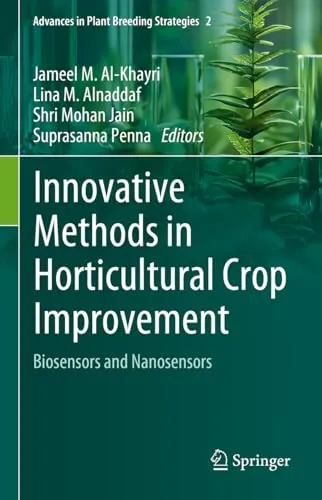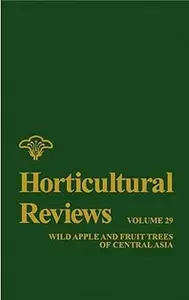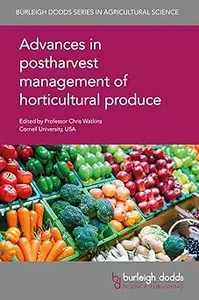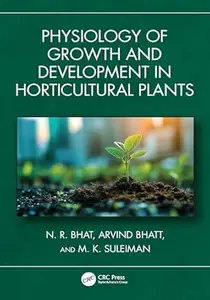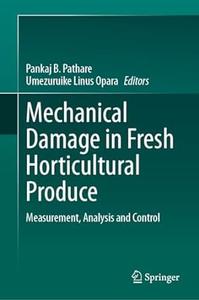
Free Download Science and the Garden: The Scientific Basis of Horticultural Practice By
2002 | 293 Pages | ISBN: 0632053089 | PDF | 20 MB
Most conventional gardening books concentrate on how and when to carry out horticultural tasks such as pruning, seed sowing and taking cuttings. This book is unique in explaining in straightforward terms some of the science that underlies these practices. It is principally a book of ‘Why’ – Why are plants green? Why should one cut beneath a leaf node when taking cuttings? Why do plants need so much water? But it also goes on to deal with the ‘How’, providing rationale behind the practical advice. The coverage is wide-ranging and comprehensive and includes the basic structure and functioning of garden plants, nomenclature, genetics and plant breeding, environmental factors affecting growth, methods of propagation and production, pest and disease control, and post harvest management and storage. Published on behalf of the Royal Horticultural Society, this book will be a most valuable text for those sitting the RHS general examination, and horticultural students at certificate and diploma levels; it will also appeal to gardeners, growers and scientists. Content: Chapter 1 Know Your Plant (pages 1-45): David S. IngramChapter 2 Naming Your Plant (pages 47-57): Simon Thornton?Wood and Stephen L. JuryChapter 3 Designing Plants (pages 59-82): Anna Dourado, Daphne Vince?Prue and Ray MathiasChapter 4 Soils and Soil Fertility (pages 83-111): Peter J. Gregory and Jon PickeringChapter 5 Choosing a Site (pages 113-126): Daphne Vince?PrueChapter 6 Raising Plants from Seed (pages 127-142): Anna Dourado and Daphne Vince?PrueChapter 7 Vegetative Propagation (pages 143-163): Daphne Vince?Prue and Anna DouradoChapter 8 Shape and Colour (pages 165-179): Daphne Vince?Prue and Timothy WalkerChapter 9 Seasons and Weather (pages 181-201): Daphne Vince?PrueChapter 10 Gardening in the Greenhouse (pages 203-219): Daphne Vince?Prue and Peter J. GregoryChapter 11 Controlling the Undesirables (pages 221-245): Chris Prior, Andrew Halstead, Guy Barter and Michael SaynorChapter 12 Storage and Post?Harvest (pages 247-262): David S. Johnson
